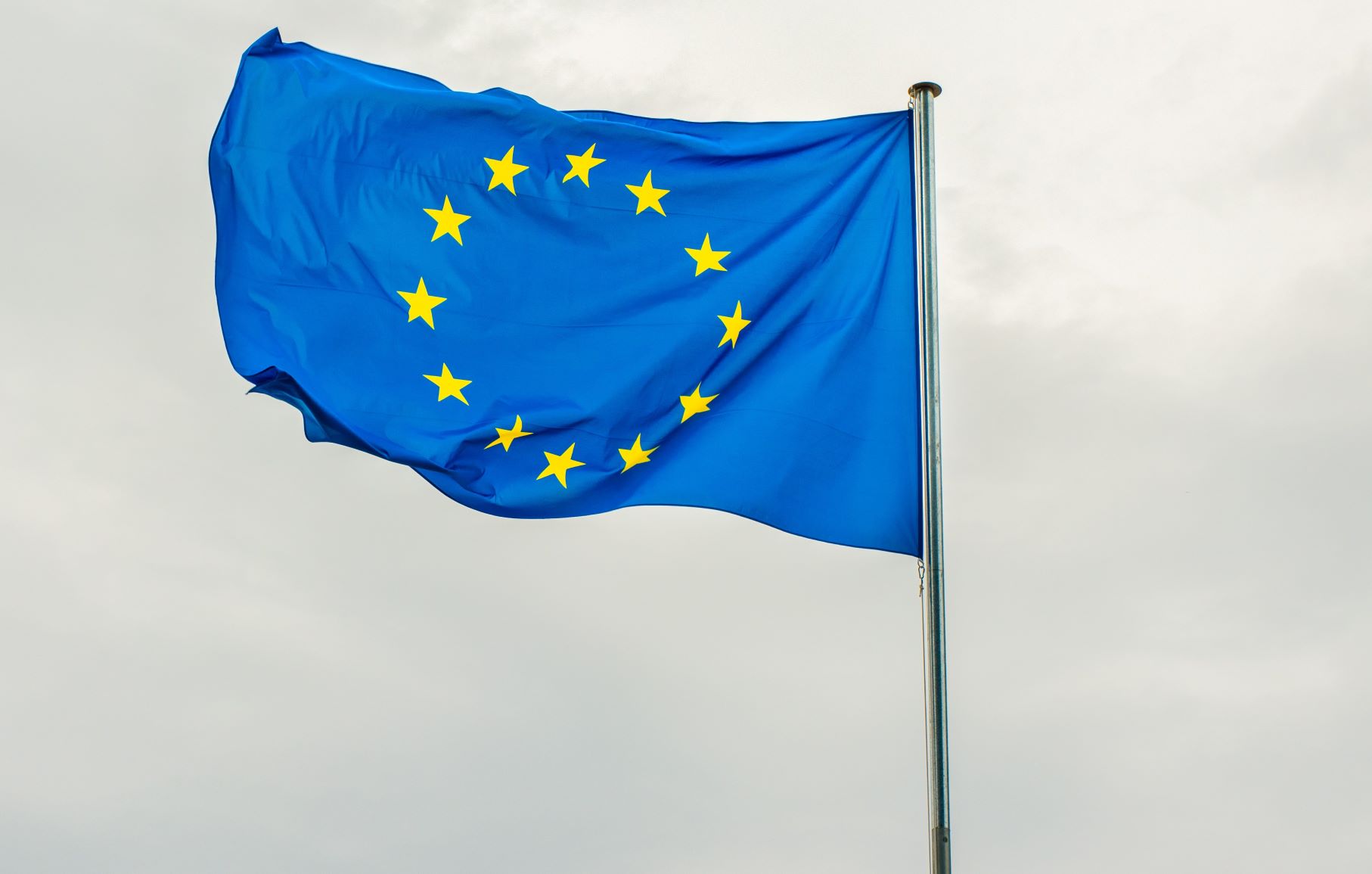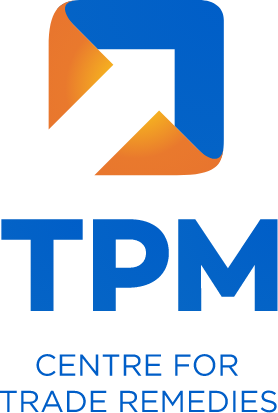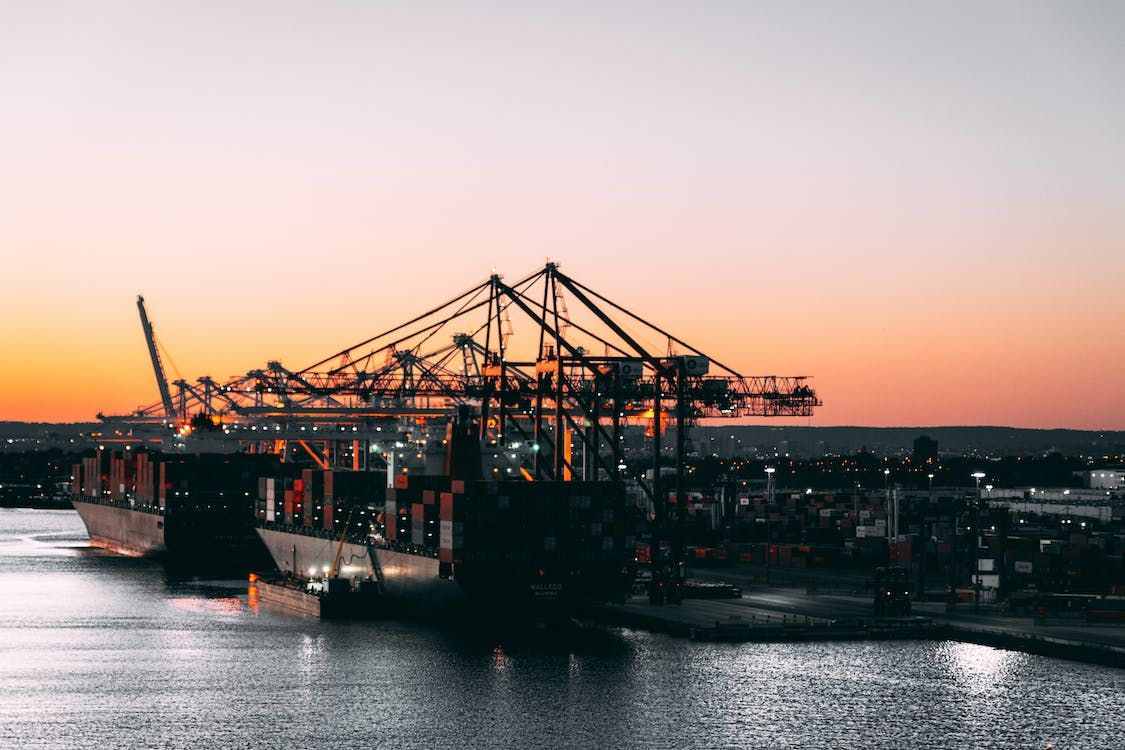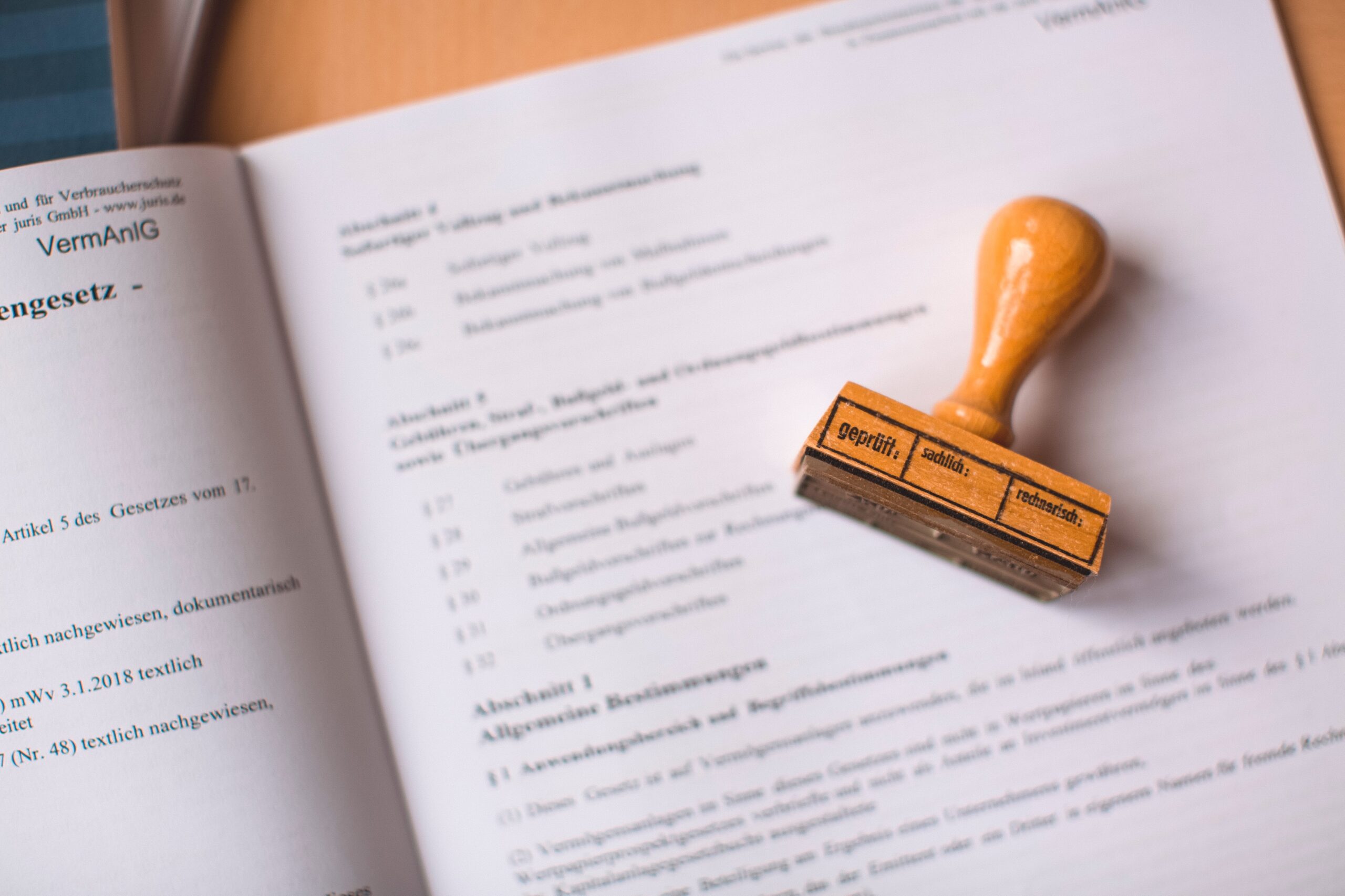Trade Policy Review of the European Union

Authors – Aastha Gupta, Joint Partner and Nishtha Gupta, Business Analyst.
On 11th April 2023, the WTO Secretariat published its trade policy review of the European Union (EU). The Trade Policy Review Mechanism requires a periodic review of the trade policy and practices of WTO members to examine its adherence to the WTO commitments. This is the fifteenth Trade Policy Review of the European Union. The review focused on the challenges due to the pandemic and Russia – Ukraine conflict, trade agreements negotiated and concluded, trade policies and measures in general as well as specific to trade sectors, when compared to the last review conducted in 2019. Some of the key observations pursuant to the review are highlighted below.
Covid -19 Pandemic and Russia – Ukraine conflict
Until 2020, the EU economy had a relatively stable GDP growth and productivity. However, the pandemic led to the largest recession the EU had seen since 2008-09 financial crisis and the GDP declined by 5.7% in 2020. Due to swift measures undertaken by the member States, the economy strongly recovered in 2021. However, in 2022, the Russia – Ukraine conflict broke out and the EU economy become vulnerable once again. Due to its reliance on imports of energy from Russia, proximity to the conflict zone, and higher exposure from trade value chains and financial products, EU witnessed increasing inflation and sharp rise in prices of energy as a result.
Role at WTO and establishment of Multi-Party Interim Appeal Arbitration Arrangement
Being the founder member of WTO and one of the world’s top traders within the WTO trading system, the EU plays a pivotal role in the functioning of the WTO. It has actively contributed to the core functions of the WTO and is one of the main donors for capacity-building and technical assistance.
In 2020, the EU led the initiative, together with 18 WTO members, for establishing the Multi-Party Interim Appeal Arbitration Arrangement (MPIA). Under Article 25 of the WTO’s Dispute Settlement Understanding, any WTO member can appeal to independent arbitrators for resolution of Panel reports under dispute. In the absence of the WTO Appellate body, this arbitration body has been set up as an alternative to ensure the resolution of appeals against Panel reports The MPIA allows its participants to appeal against the Panel reports, Currently, 25 WTO members have joined the MPIA, and the body has successfully resolved 2 appeals.
Regional Trade Agreements and Generalised Scheme of Preferences
Regional Trade Agreements (RTAs) are an essential part of the EU trade policy. The EU has the largest network of trade agreements in the world. Under the 44 trade agreements that the EU has in place, it has eliminated duties on 78.4% to 99.9% of its tariff lines.
During the review period, the EU entered into an agreement with the United Kingdom, Singapore and Vietnam and accessed the Solomon Islands to the EU-Pacific States RTA, Comoros to the EU-Eastern RTA and Southern Africa States RTA, and Samoa to the EU-Pacific States RTA. It also concluded its negotiations with New Zealand.
The EU updated some of its existing agreements with Chile, Mexico and Switzerland, sought modernisation for its agreements with Tunisia and Morocco and made some changes to its agreements with Republic of Moldova. It is also engaged in discussions to implement the RTA signed with Kenya and deepen its existing agreements with Eastern and Southern African States.
Moreover, after the India-EU FTA negotiation halted in May 2013, the two trading partners decided to restart this negotiation with the aim of concluding it by 2023. For India, this FTA is intended to bring greater market access in financial services and mobility for professionals. The EU also had negotiations for RTAs with Australia and Indonesia during the review period.
The EU has also created the position of Chief Trade Enforcement Officer (CTEO) to monitor and enforce the implementation of the RTAs and established a new complaint mechanism for stakeholders to submit complaints, under the WTO, RTA and GSP scheme.
The EU is also in the process of renewal of its long-standing Generalised Scheme of Preferences (GSP). Certain components of the GSP scheme are set to expire by December 2023. Under the GSP, the EU facilitates trade with the developing countries by granting them unilateral preferences by way of full or partial tariff elimination. The GSP covers 66 countries and provides distinct benefits and conditions depending on a nation’s level of development. In case a country no longer meets the requirements of the scheme, it is removed from the list of beneficiaries or is subject to temporary withdrawal of preferences. In June 2022, the EU announced that export of certain products, from India will become ineligible for benefits under the GSP scheme from 1st January 2023. Earlier around 1800 products including raw materials and finished goods such as stone, plastics, machinery, and engineering goods had been taking advantage of the GSP norms in India.
Anti-dumping duty, countervailing and safeguard measures
By the end of 2022, the EU had put in place 178 anti-dumping and anti-subsidy duty measures. One notable change in the EU’s trade remedial legislation was the amendment to establish a pre-disclosure period of four weeks where the EU announces whether it will impose provisional duties. Further, the EU amended its law to allow inclusion of social and environmental standards when selecting a surrogate country to construct a non-distorted normal value for calculating the injury margin. Use of special monitoring, especially in cases where there is a high risk of circumvention was also increased and 54 investigations were conducted as a result of such monitoring.
Further in 2020, the EU imposed anti-subsidy measures on goods produced in one country that received financial support, from another country. This ‘cross-border financial support’ was countervailed for the first time as the EU increased focus on complicated or ‘opaque’ subsidy practices. It even countervailed preferential financing provided by China to Indonesia, as part of a complex subsidy arrangement designed for export of stainless-steel cold-rolled flat products to the EU. Various proposals were made to improve multilateral trading system and the need to address the most trade-distorting types of subsidies and to improve coverage of the activities of SOEs.
The EU maintained safeguard measures on steel. Following the request for review from several EU member states, it was concluded that the safeguard measures will continue till 30th June 2024, since the industry was still suffering. Further, the rate of liberalisation of the tariff rate quota was increased from 3% to 4% annually. However, by 30th June 2023, the EU will hold an additional investigation to determine whether the measures can be terminated. The EU also reallocated the quota allocation of Belarus and Russia to other countries on account of import ban imposed on these countries. Further, the EU temporarily removed the safeguard measure on Ukraine and incorporated South Africa under the measures for three steel product categories.
Since 2019, the EU has aggressively pursued various regional and multi-party trade agreements including with various least developed countries. This has allowed the EU to maintain much broader trade relationships as compared to other developed countries. The EU and India have also resumed negotiations after 10 years for a regional trade agreement. This is expected to improve the trade relationship between the two countries. Further, the EU’s initiative for established of the MPIA as an alternative to the WTO Appellate Body can also lead to timely dispute resolution especially considering the recent decision of the Panel against India.




